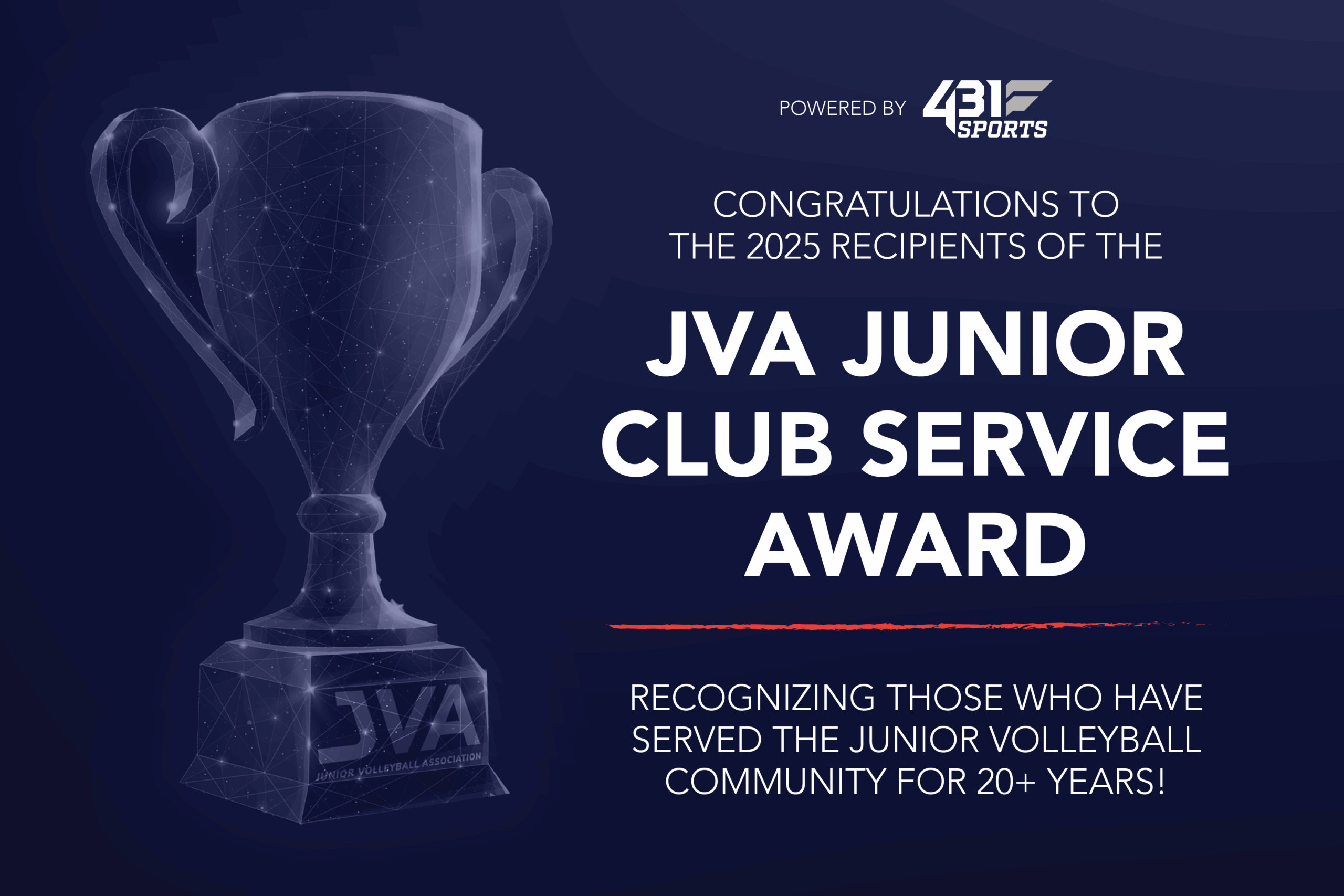Serving is a critical part of the game. A server can make the job of the passer a lot more difficult by serving to spots on the court at different speeds and locations.
Here are 4 serving strategies and tactics that will elevate your beach volleyball game. By working on these techniques during practice and at every scrimmage beach athletes can optimize the ability to use the serve to score points.
- Identify the weaker passer or weaker setter. If one player has a hard time passing that is who the server should target. If both athletes pass about the same then target the stronger setter on the serve so the weaker setter has to set as often as possible. This becomes even more instrumental on a windy day.
- Making a passer move both feet to get to a ball increases passing errors, which is a positive for the serving team. Simply, make the passers move at least three to five feet to pass the ball.
- Locate the power of the serve. Some options:
a). Outside the body: Outside body serves should make the passer move away from the court to pass the ball. The mechanics or getting around the outside of the ball and then to bring it back into the court where their partner can set them is difficult. So by learning to serve outside body, both short (inside of 10 feet from the net) or deep corner (within 5 feet of the end line and within 3 feet from the sideline) you can push the passer deeper, then pull them shorter and make passing a lot harder for any passer.b) Seam or the line between the passers: This is also nicknamed the husband and wife serve and you try and serve right down the middle. Usually this is best done with a topspin serve or with a hard hit floater so that both players reach for the ball, see each other moving to pass and then pull back because they see their partner reaching.c) Short locations near the net: Short serves especially toward the corners or mid seam can be quite hard to pass if the passers are at all deep. Not only do they have to move forward quickly but they have to lift the ball well and then get back away from the net to create an approach. For hitters that need a better approach to attack, well effective short serves are a useful tool. For passers who have average foot speed serving short then deep can create difficulty for the passers ability to set up well to make an in system pass.
d) Chest serve at the passer’s chest if the passer is standing mid court. A serve coming fast at your chest is difficult to control. While technically you can hand pass on the beach it must be a perfect pass, and for this note, we will assume non perfect hand passes. To effectively pass a ball coming at your chest the passer needs to “open up their hips ”, and control their platform, and that’s not easy. When the passer is mid court, sometimes a hard floater, jumper (or top spin), or standing spin serve directly at the chest of the passer will cause poor passes. That usually will make the passer start deeper in the court which then opens up more short court location for you to serve to.
- Use the wind to your advantage. When the wind is blowing at you, you have the “good side”. The server can hit the ball harder and still keep the ball in. A ball with top spin will be wind aided to drop faster and drop closer to the net. Serving the ball with some side spin added makes the ball curve or drop. So think of the ball as a clock where maximum top spin happens when you hit the ball at 12 o’clock and side spins are developed by striking the ball at 11 or 1 o’clock. This will make the ball curve one way or the other much like a curve ball in baseball. Try serving from different spots along the end line when you have the good side and learn how to use the wind to your advantage.
Extra serving practice allows a beach athlete to try different serves and hone the ability to locate and hit serves on the court. Identify weaknesses in an opponents game by attempting different serving speeds along with location. Serve purposefully, stay aggressive and remember that the end goal is for the server to create havoc for the passers. By having a difficult time getting a good pass and staying in system, your opponents have a smaller chance for an effective attack, and ultimately your team has a better chance of winning.
For more related reading on beach volleyball click HERE. For more beach volleyball education click HERE.
*Beach Nation has built a national expert beach volleyball coaching experience doing clinics, events and partnerships across the country. Beach Nation’s coaching staff ranges from Olympic gold medalist, Olympians, USA National Team Beach coaches and other experts across the entire coaching and volleyball spectrum ranging from juniors clubs to professional athletes. Visit BeachNation.net to learn about the upcoming clinics for players AND coaches as well as college showcase events.
This article was written by Mark Fishman, Beach Nation Founding Coach.










